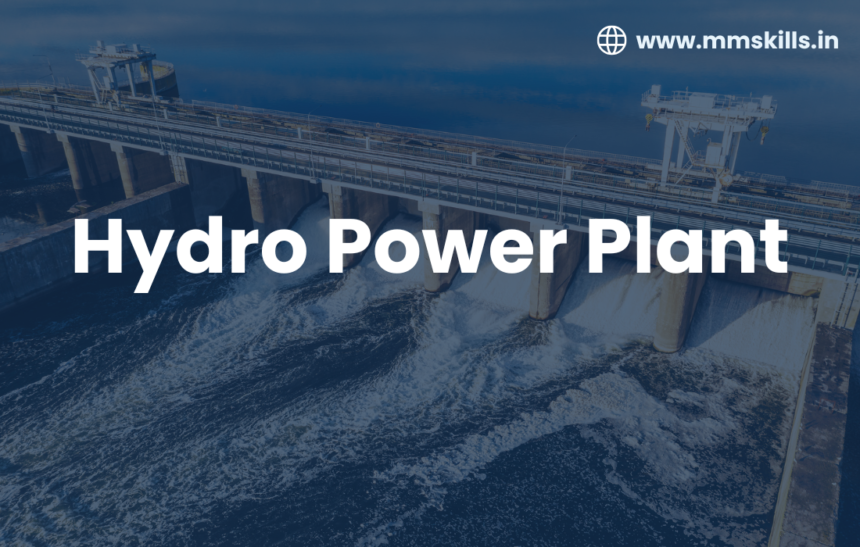A hydropower plant is a generating station, which is located on the river or lake for using the potential energy of the water for producing horizontal electric power. Hydropower technology does not produce carbon dioxide emissions thus is called a green source of energy.
Working Principle:
Power is converted from the potential energy of the water in the dam to i, e, is connected to the mechanical energy of the turbines, and finally, it is turned into electrical energy. A water resource that is stored at a high level (reservoir or mountain pond) is let through turbines. The water that is flowing down gaining momentum, spins the turbines. The entire movement of the turbines is connected to the generators which after that convert kinetic energy from mechanical energy into electricity.
Site Selection Factors for Hydro Power Plants
Choosing the right site for a hydroelectric power plant is critical for its success. Key factors include:
Water Availability:
- The site must have sufficient and reliable water flow throughout the year. Rivers with steady, predictable flows are ideal. Seasonal changes and scarcity of water shall be taken into account also.
Topography:
- The landscape should allow for the creation of a reservoir and as well as facilitate a high enough elevation difference (head) between the water source and the power plant to create sufficient pressure.
Environmental Impact:
- The environmental influence of ecosystems, wildlife, and human populations should be tackled. Fish migration, water quality, and surrounding flora and fauna need to be included in the list.
Proximity to Transmission Lines:







